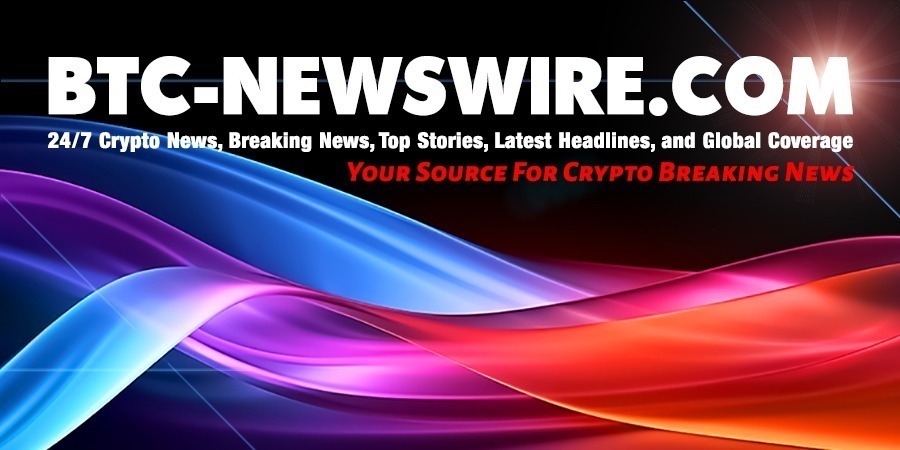In 2025, the cryptocurrency market is teeming with opportunities, but failing to recognize emerging competitors could be a costly mistake.
While Solana (SOL) and Ethereum (ETH) remain dominant players, new challengers like Lightchain AI are proving to be strong contenders for market share.
With over $9.7 million raised in its presale at a price of $0.004875, Lightchain AI is setting the stage for groundbreaking innovation and exponential growth.
Solana (SOL) Speed Meets Scalability Challenges
Solana (SOL) is a fast blockchain stage that deals with growth troubles by its special Proof of͏ History (PoH) deal method. This skill has pulled in all decentralized apps dApps that want quick deal working.
But, Solana has had trouble with network breaks and worries about central control prompting push to make the network stronger and less centered. New changes are adding Layer 2 scaling fixes and working together plans to help make speed up and user joy better.
By December 2024, Solana’s world keeps growing; there is big rise in stablecoin use, which tests Ethereum’s rule in the blockchain field.
Ethereum (ETH) Leading Platform for Smart Contracts Facing New Challenges
Ethereum (ETH) continues to dominate as the premier platform for smart contracts, powering decentralized applications (dApps) and decentralized finance (DeFi) solutions. However, it is not without its challenges. Scalability remains a significant concern, with transaction throughput limited to approximately 14 transactions per second—substantially lower than traditional payment systems such as Visa.
Security vulnerabilities in smart contract code have also resulted in notable financial losses, as seen in incidents like The DAO hack in 2016. Furthermore, the energy-intensive proof-of-work (PoW) consensus mechanism previously used by Ethereum raised considerable environmental concerns.
To address these issues, Ethereum transitioned to a proof-of-stake (PoS) consensus mechanism in September 2022, achieving a 99% reduction in energy consumption. Additional upgrades, including the Dencun (Deneb-Cancun) upgrade scheduled for March 2024, aim to further enhance scalability and affordability by lowering transaction fees on Layer 2 networks.
While these advancements represent significant progress, Ethereum continues to face competition from emerging bloc
Go to Source to See Full Article
Author: Adrian Barkley

